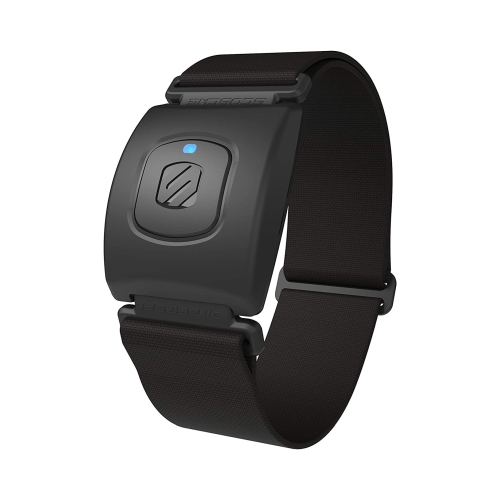
Having a heart rate monitor is the best way to get the most out of your treadmill. You’ll find that the majority of modern treadmills are equipped with a heart rate monitor to enhance your workout sessions. There are primarily three types of heart rate monitors to choose from: contact grip, chest strap, and wristband (or armband) monitors. For those treadmills comes with a savvy console, you can expect compatibility with Bluetooth or ANT+ wireless monitors, making it even easier to track your progress. They are also more comfortable than the contact types.
Types of Heart Rate Monitors
Contact Grip Heart Rate Monitors:
The most common type is contact grip monitors that are often located on the handlebars. They are easy to use and require no setup, but you must hold the handlebars to get continuous reading. The accuracy of this type of heart monitor depends on the contact between your hands and the handlebars and the motion of your hands while you are running can result in poor accuracy. Higher-end models usually come with very accurate contact grip heart rate monitors.

Wireless Chest Strap Heart Rate Monitors:
Chest Strap monitors read your heartbeats by using sensors that can detect the electrical currents produced by your heart. Their accuracy on a treadmill is usually higher than contact grip heart rate monitoring, especially during high-activity zones. A treadmill’s console can support wireless chest straps, but this does not mean one is included with your purchase, so be careful. Even a high-end model like the NordicTrack Commercial 1750 does not include the chest strap with your purchase, you need to buy one separately to use heart rate programs. We always try to give this information in our treadmill reviews and comparisons.

Wristband Heart Rate Monitors:
Wrist-worn (armband) heart rate monitors are very similar to chest strap monitors, they also transmit the reading wirelessly. They measure the downstream flow of blood with optical sensors to detect your heart rate. Their accuracy is higher than contact grip heart rate monitoring and lower than chest straps during treadmill workouts. As an example, Bowflex treadmills come with a wireless armband.

Bluetooth vs ANT+
The main difference between these two technologies is the connectivity options they offer. Heart rate monitors with Bluetooth can only connect with one device to send the readings. While an ANT+ monitor can be read by multiple devices simultaneously. There are also monitors that support both connection methods. Before getting a monitor with ANT+ check your Android smart device to find out if it can receive ANT+ signals. Unfortunately, iOS devices do not have the required hardware to receive ANT+ signals. If your device does not support ANT+, there are dongles and adapters to solve this problem.
Heart Rate Training
Some treadmills come with heart rate training (heart rate control), these machines have workout programs to adjust the speed and incline based on your heart rate count. These types of workouts are great for runners looking to train their aerobic system and monitor their performance at a specific heart rate (effort level) and reduce the risk of overtraining and overstressing.